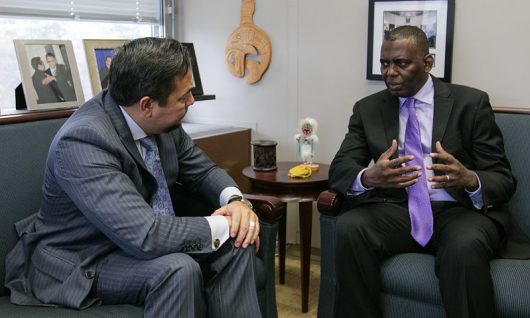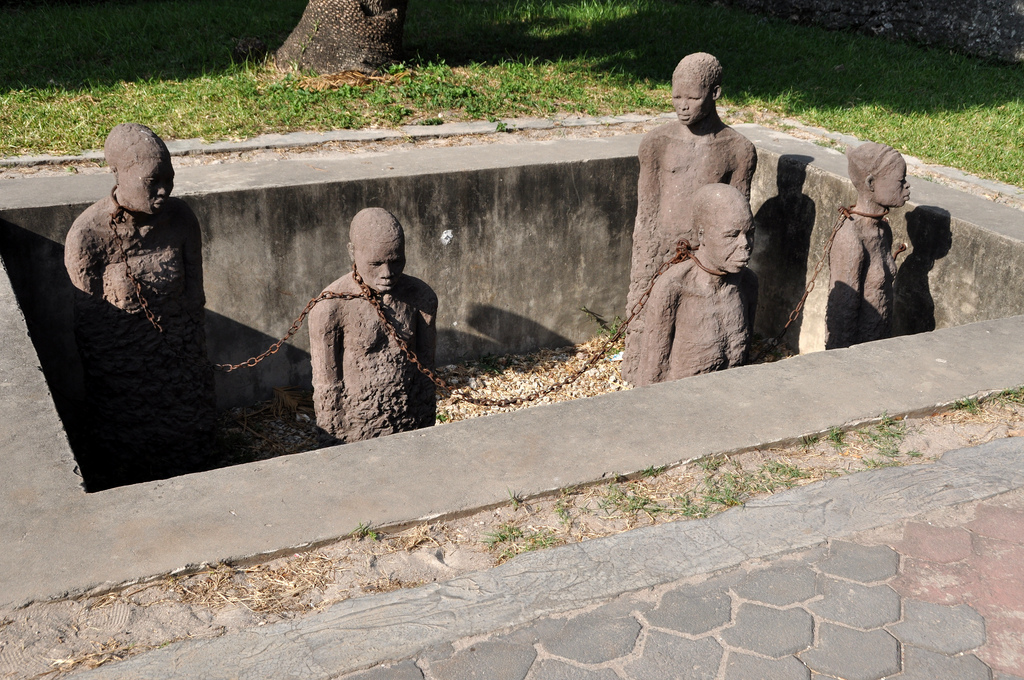
Slavery has been practiced for centuries, and although many believe it is a practice of the past, modern-day slavery is very prevalent in today’s society. It’s estimated that about 40 million people are modern slaves, and this article will explore how to end such prominent slavery.
Modern-day slavery has been defined as “debt bondage, serfdom, forced marriage of a child for the exploitation of that child.” Out of the 40 million people trapped in the slave system, around 25 million people are in forced labor, 15 million are involved in forced marriage and five million people work as sex slaves. Statistics also show that 25 percent of slaves are children and 71 percent are women.
Parts of Asia and the Pacific hold the most substantial amount of slaves, while Europe, Africa, the Arab states and the Americas also suffer from the same crisis. It is essential to know what steps and measures can be taken to know how to end slavery.
Social Media
Social media is a key component on how to end slavery. Modern slavery is not a priority compared to other political agenda movements, so utilizing social media to bring awareness to the issue can be a significant first step.
In this age of technology, social media platforms such as Twitter, Facebook and Instagram started as a device used to spread and share news, as well as connect individuals; thus, a simple post can be the beginning of an entire movement.
Education
Another way to end slavery is to educate yourself on the topic. Be able to note the difference between slavery of the past compared to the new definition of slavery; learn which demographic is most affected by slavery; discover which organizations strive to end slavery; and finally, how you can make a difference.
Donating Money and Time
Becoming involved in organizations that solely work to end slavery such as the Anti-Slavery International or the CNN Freedom Project is another excellent action-item, as is joining campaigns or hosting fundraisers for the organizations.
Fundraising at schools, churches, after-school programs and around your local community can significantly help organizations fund campaigns and other events that will lead to the end of slavery. Another significant method of donating time is to write to local newspapers and magazines to spread concerns.
Pay Attention to Survivors
Fighting for freedom is an important step to ending slavery, but ensuring that survivors do not fall back into the system is just as essential. A way to help survivors is finding them jobs and helping them adjust to society.
Survivors can also be necessary tools for how to end slavery — people tend to sympathize with survivors when they hear their testimonies and experiences first-hand.
Contact Your Government
Possibly one of the most beneficial measures is to express your concerns with modern slavery to your local government; contacting your senator or representative can in fact lead to mass amounts of change. The United States government has an essential hand in international affairs, and one should use this privilege as a tool to fight against modern-day slavery.
Slavery has been a virus to this world for too long, and now it is finally time to put an end to this dehumanizing practice.
– Cassidy Dyce
Photo: Flickr
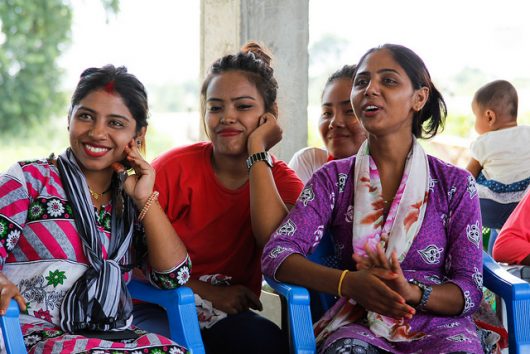
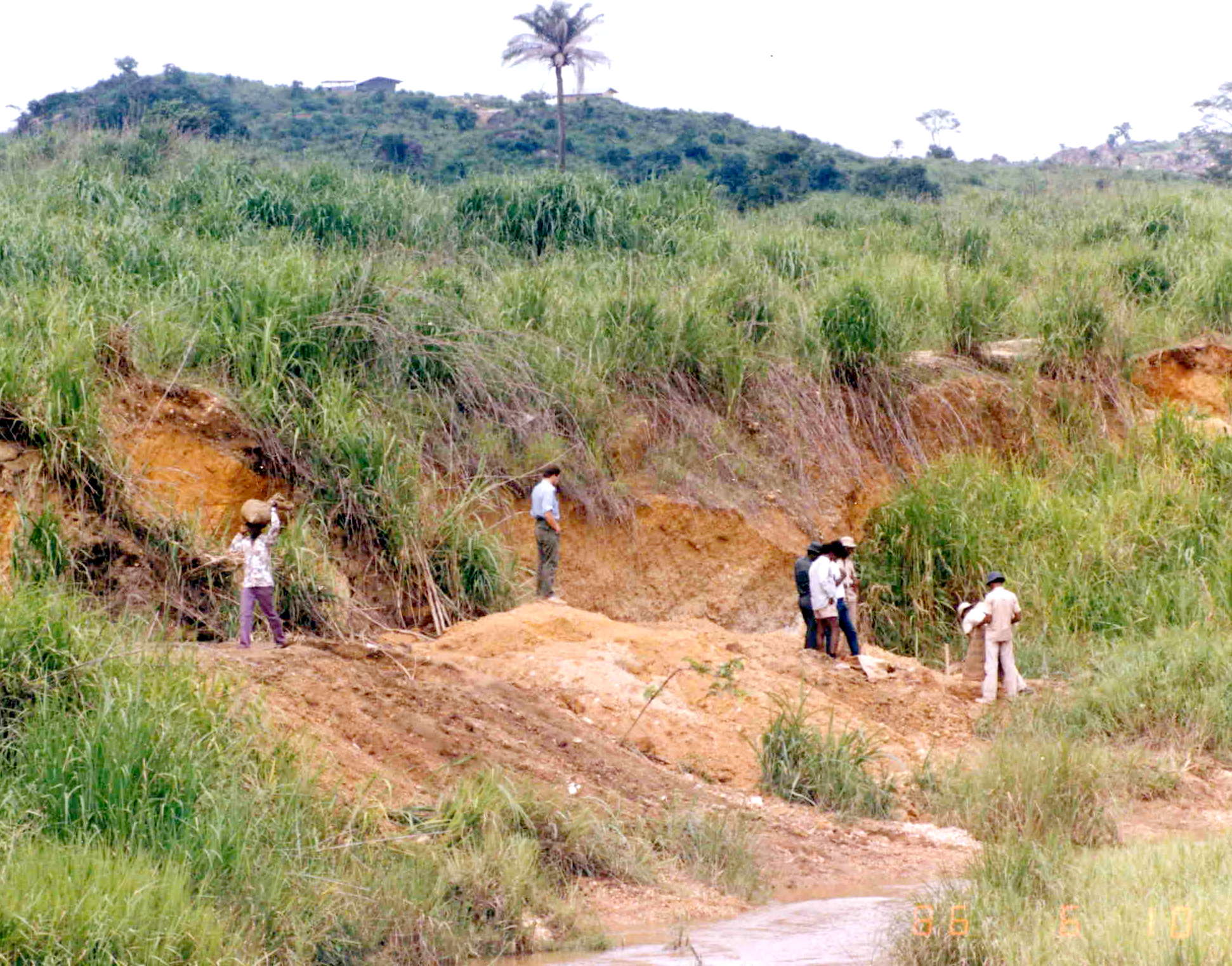
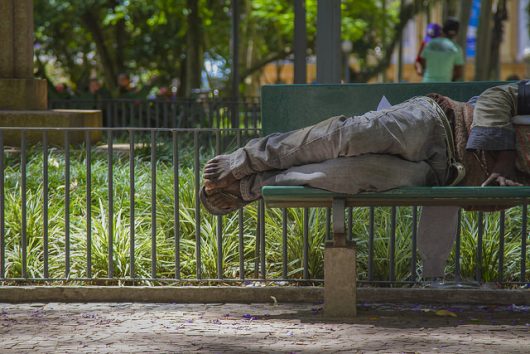
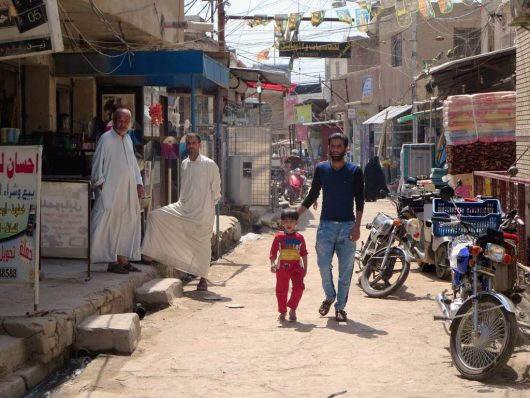 Islamic State in Iraq and the Levant (ISIL), also known as the Islamic State, is an insurgent group operating in Iraq and Syria. Its propaganda is centered around brutality towards its enemies and those who violate Islamic law. Here are 10 facts about the genocide of Yazidis by ISIL.
Islamic State in Iraq and the Levant (ISIL), also known as the Islamic State, is an insurgent group operating in Iraq and Syria. Its propaganda is centered around brutality towards its enemies and those who violate Islamic law. Here are 10 facts about the genocide of Yazidis by ISIL.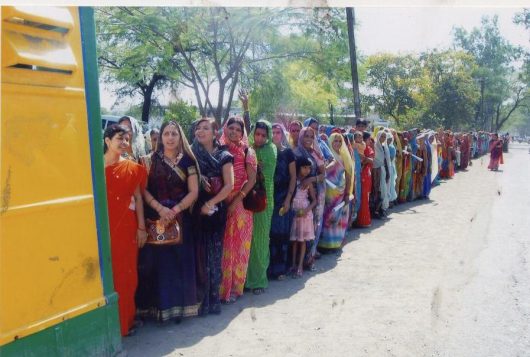

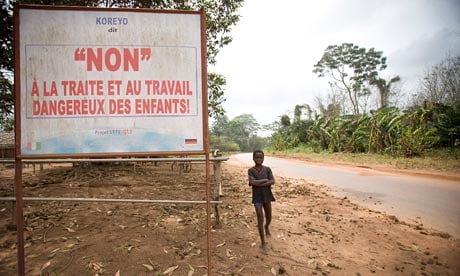 Slavery is never an easy problem to confront. It is uncomfortable and unpleasant to think about, a complex jumble of economics, politics, culture, and dozens of other areas. It is also very uncomfortable to address the possibility that many western clothes and electronics are made by slaves. However, poverty cannot end completely without ending slavery, and slavery will not end without an end to poverty. They feed off one another, so in order to end poverty, people must end modern slavery as well.
Slavery is never an easy problem to confront. It is uncomfortable and unpleasant to think about, a complex jumble of economics, politics, culture, and dozens of other areas. It is also very uncomfortable to address the possibility that many western clothes and electronics are made by slaves. However, poverty cannot end completely without ending slavery, and slavery will not end without an end to poverty. They feed off one another, so in order to end poverty, people must end modern slavery as well.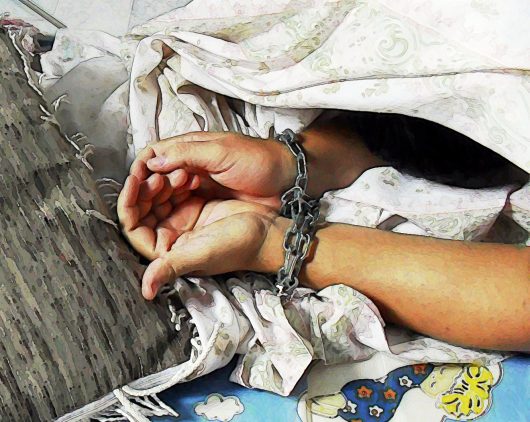 Human trafficking is a disturbing crisis that affects individuals of all ages, sexes and races at a global level. It is a crime that is often regarded as one of the most pressing human rights issues of our time. According to data from the National Human Trafficking Hotline, human trafficking in the United States
Human trafficking is a disturbing crisis that affects individuals of all ages, sexes and races at a global level. It is a crime that is often regarded as one of the most pressing human rights issues of our time. According to data from the National Human Trafficking Hotline, human trafficking in the United States 